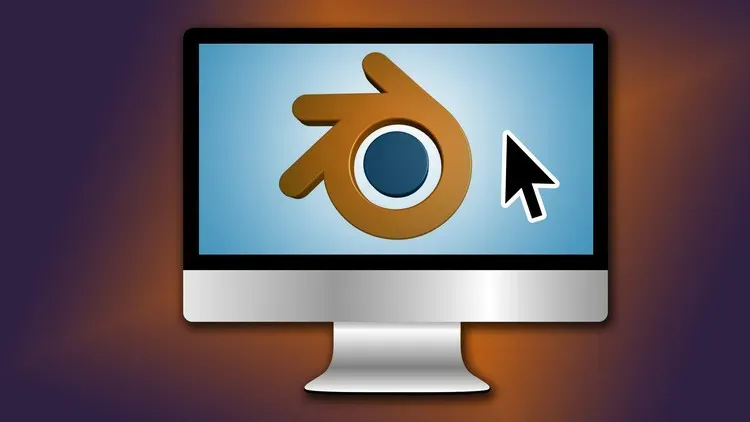
Create Your Own Character in Blender

Create your own 3D character with Blender 3D! This tutorial will teach you the fundamentals of character creation, giving you the skills to create your own unique characters.▼
Course Feature
![]() Cost:
Cost:
Free
![]() Provider:
Provider:
Udemy
![]() Certificate:
Certificate:
No Information
![]() Language:
Language:
English
![]() Start Date:
Start Date:
Self Paced
Course Overview
❗The content presented here is sourced directly from Udemy platform. For comprehensive course details, including enrollment information, simply click on the 'Go to class' link on our website.
Updated in [April 29th, 2023]
This course provides an introduction to creating a character in Blender. Participants will learn how to use photographs as references to create a 3D character. They will also learn how to use mirroring to speed up the modelling process. Additionally, participants will learn how to create a complete persona for their character, including control bones by adding an armature. By the end of the course, participants will have a 3D character they have created in Blender.
[Applications]
After taking this course, students will be able to apply their knowledge to create their own characters in Blender. They should use photographs as references to ensure accuracy in their models. To speed up the modelling process, they should use mirroring. Additionally, they should create a complete persona for their character, including clothing, accessories, and facial features. Finally, they should create control bones by adding an armature to their model.
[Career Paths]
1. 3D Animator: 3D animators create animated characters and objects for films, television, video games, and other media. They use computer software to create 3D models and animate them. As technology advances, 3D animators are increasingly in demand, as they are able to create more realistic and detailed animations.
2. 3D Modeler: 3D modelers create 3D models of characters, objects, and environments for use in films, television, video games, and other media. They use computer software to create 3D models and textures, and then animate them. As technology advances, 3D modelers are increasingly in demand, as they are able to create more realistic and detailed models.
3. Video Game Designer: Video game designers create the concepts and storylines for video games. They use computer software to create the game's levels, characters, and objects, and then animate them. As technology advances, video game designers are increasingly in demand, as they are able to create more immersive and engaging games.
4. Virtual Reality Developer: Virtual reality developers create virtual reality experiences for use in films, television, video games, and other media. They use computer software to create 3D models and textures, and then animate them. As technology advances, virtual reality developers are increasingly in demand, as they are able to create more realistic and immersive experiences.
[Education Paths]
1. Computer Science Degree: Computer Science degrees provide students with the knowledge and skills to develop, design, and maintain software and hardware systems. This degree is becoming increasingly important as technology advances and more businesses rely on computers and software to run their operations. With a Computer Science degree, students can pursue a career in software engineering, computer programming, web development, and more.
2. Animation Degree: Animation degrees provide students with the skills to create digital animations, 3D models, and visual effects. This degree is becoming increasingly popular as the demand for animation and visual effects in the entertainment industry continues to grow. With an Animation degree, students can pursue a career in game design, motion graphics, and more.
3. Graphic Design Degree: Graphic Design degrees provide students with the skills to create visual designs for print and digital media. This degree is becoming increasingly important as businesses rely on visuals to communicate their message and attract customers. With a Graphic Design degree, students can pursue a career in web design, logo design, and more.
4. Digital Media Degree: Digital Media degrees provide students with the skills to create digital content for websites, social media, and other digital platforms. This degree is becoming increasingly important as businesses rely on digital media to reach their target audience. With a Digital Media degree, students can pursue a career in content creation, digital marketing, and more.
Pros & Cons
-

Great tutorial for beginners
-

Covers many Blender features and tools
-

Very helpful
-

Well done
-

Speech a bit slow
-

Fast pace for beginners
-

Bone heat weighting error
Course Provider





